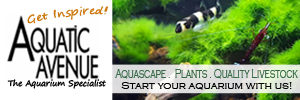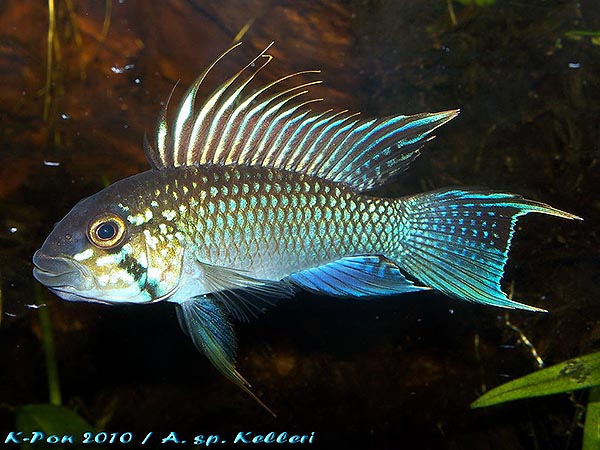Honestly, i think the "habitat" i created for the apistos is farrrrr from ideal.
This is something i will like to do if i have the space.
Source: http://www.simulationeight.net/
This one is an art.
Source: http://www.simulationeight.net/
This might be possible.. Hmm..
Source:aqualog.aquadreams.pl
This one confirm out of the question.
This one shiok.











 Reply With Quote
Reply With Quote


















 )
)

Bookmarks